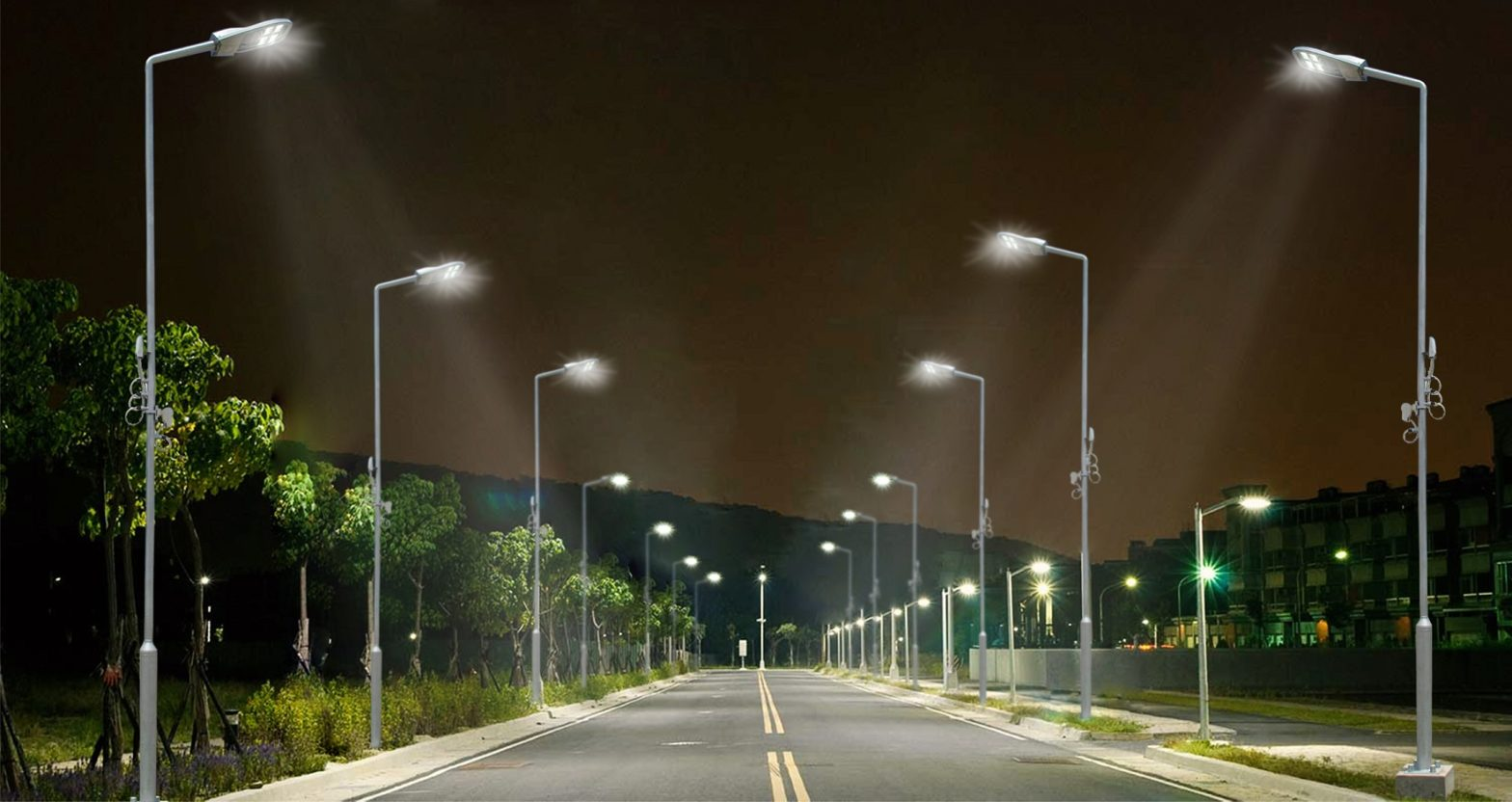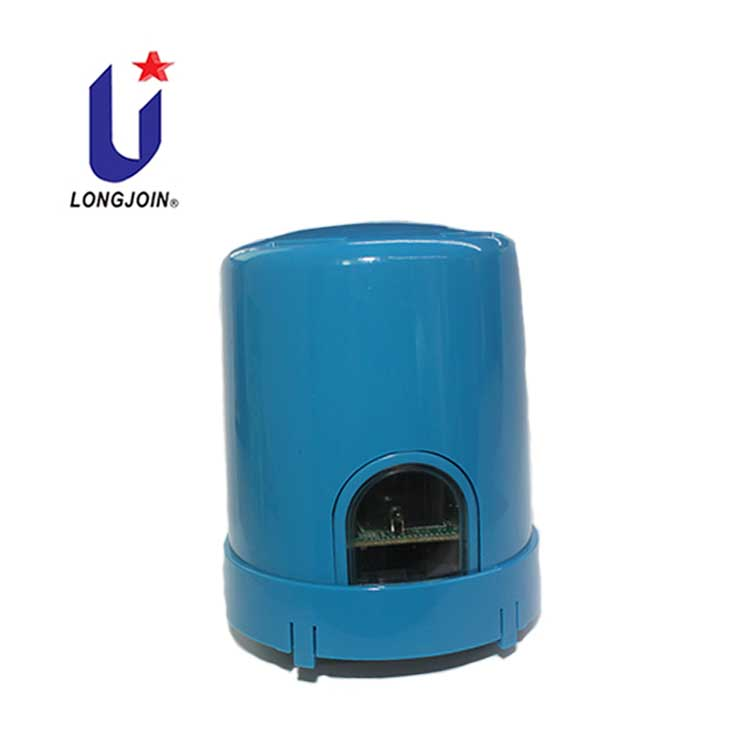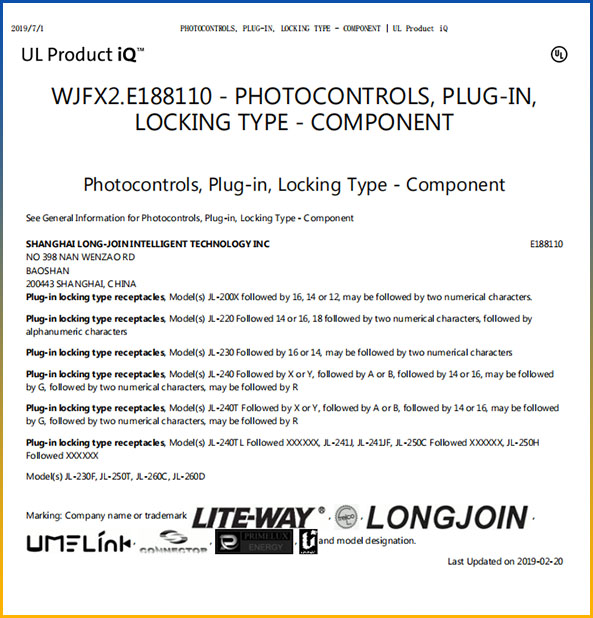Introduction
South America needs more photocell controllers. This is driven by urban growth and government efforts for energy-saving street lights. The need for dependable photocell sensors is growing. More cities now use smart lighting systems for public spaces.
However, Longjoin faces several challenges in penetrating this market. Climate change, fierce competition from big brands, and strict certification rules block global use. To succeed, Longjoin must create new ideas that solve these problems. It must do so while keeping costs low. This article looks at the major challenges Longjoin faces in South America. It also explains the strategies it uses to overcome them.
Challenges Posed by Climate Change
South America’s climate is very diverse. It includes tropical rainforests and coastal areas. It also has dry deserts and high-altitude regions. These harsh conditions bring unique challenges for photocell lighting sensors. They must work well even when temperatures change, humidity varies, and dust fills the air.
Without proper protection, photocell street light controllers may rust, overheat, or fail. Understanding these climate challenges is essential. It is key to designing durable, high-performance products.
Impact of South America’s Climate on Photocell Controllers
South America’s varying climate zones present different environmental stressors:
- Coastal regions in Brazil and Colombia see high levels of humidity. High moisture levels lead to condensation. They can also cause corrosion in photocell control circuits.
- Dry regions in Chile and Argentina often have dust buildup. This extra dust can stop light sensor photocell switches from working well.
- Equatorial areas get very strong UV rays. These rays slowly break down plastic parts over time.
Importance of Weather Resistance Features
To combat these climate challenges, Longjoin integrates the following protective features into its photocell switch products:
- Waterproof and moisture-resistant sealing to prevent internal damage.
- Heat dissipation technology to maintain performance in extreme temperatures.
- UV-resistant materials to extend the product lifespan under direct sunlight.
- IP65-rated enclosures, which offer complete protection against dust and water ingress.
These advancements make Longjoin’s photoelectric sensor solutions reliable and efficient. They work well even in South America’s harsh environments.
Competitor Challenges
Longjoin faces fierce competition from both local manufacturers and international brands active in South America. Markets that care a lot about price can be tough. Strong brand loyalty and changes in products also create challenges for new companies. To gain market share, Longjoin must deliver superior photocell sensor LED street light solutions tailored to regional needs.
Intense Market Competition
The photocontrol industry in South America is highly competitive. Local brands often offer budget-friendly options, while global players bring advanced technology and established brand reputations. Longjoin must differentiate itself through:
- Enhanced product quality: Offering superior durability and performance.
- Localized solutions: Customizing street light controllers for specific environmental conditions.
- Exceptional customer service: Providing responsive support and technical assistance.
Price Wars and Market Adaptability
Cost is a significant factor for many customers. Competitors engage in price wars by selling photocell street light controllers at lower margins, forcing Longjoin to find a balance between affordability and quality.
Longjoin’s strategy includes:
- Value-driven pricing: Justifying costs through long-term reliability and energy savings.
- Innovative product features: Introducing smart photocell lighting sensors. They have remote control and energy optimization.
- Flexible production: Changing manufacturing processes to lower costs. We do this without sacrificing quality.
By leveraging these strategies, Longjoin ensures it remains competitive while delivering superior light photocell sensor products.
Certification and Regulatory Challenges
Sell photocell control devices in South America. You must follow many national and regional rules. Different countries have their own electrical certification rules. Dealing with these processes can take a lot of time and cost a lot of money.
Regulatory Requirements in South America
Each country has its own electrical and safety standards for photocell street lights:
- Instituto Nacional de Metrologia, Qualidade e Tecnologia (INMETRO): Brazil’s national standards authority is in charge of regulating electrical products.
- Instituto Argentino de Normalización y Certificación (IRAM): Argentina’s certification body ensures both quality and safety compliance.
- Reglamento Técnico de Iluminación y Alumbrado Público (RETILAP): Colombia has a technical standard. It covers lighting products.
Challenges in Meeting Certification Standards
Obtaining certifications for photocell sensors in South America presents several difficulties:
- Complex documentation and approval processes slow down product launch times.
- Country-specific electrical requirements necessitate modifications to standard product designs.
- Strict energy efficiency guidelines demand lower power consumption in street light controllers.
To address these issues, Longjoin has a dedicated compliance team to ensure all photocell lighting sensor products meet necessary certifications, streamlining entry into various South American markets.
Longjoin’s Response Strategies
Longjoin built a smart plan to beat these challenges. It uses fresh ideas, local solutions, and customer-first services.
Strengthening Product R&D for Climate Resilience
Longjoin invests heavily in research and development to enhance its photocell control technology. Key improvements include:
- Advanced waterproofing techniques to combat humidity damage.
- Smart heat dissipation systems to maintain performance in extreme temperatures.
- Self-cleaning surfaces to prevent dust buildup on sensors.
Localized Production and Strategic Partnerships
To better serve South American markets, Longjoin is:
- Establishing local production facilities to reduce supply chain costs.
- Partnering with regional distributors to increase market reach.
- Customizing photocell for street light controllers based on local customer needs.
Expanding After-Sales Support and Service
Building brand trust and loyalty is crucial. Longjoin enhances its service offerings by:
- Providing 24/7 customer support for troubleshooting.
- Offering extended warranties on light photocell sensor products.
- Setting up regional service centers for faster response times.
Adapting to Market Trends and Demand
With the rise of smart cities and intelligent lighting solutions, Longjoin is:
- Developing remote control light solutions for flexible lighting management.
- Introducing AI-powered dusk to dawn photocell sensors to optimize energy use.
- Offering photocontrol receptacles compatible with modern street lighting systems.
These strategies position Longjoin as a leader in South America’s photocell lighting sensor market.
Conclusion
Longjoin faces many challenges in South America. It must come up with new ideas, change when needed, and offer high-quality help. Longjoin invests in climate-resistant technology. It improves product adaptability and expands local support. Longjoin is ready to meet the rising demand for outdoor street lighting solutions. Longjoin builds strong partnerships and follows all the rules. This makes it ready to lead the South American photocell market.
External Links:
- https://en.wikipedia.org/wiki/Photocell
- https://www.iea.org/
- https://www.iram.org.ar/en/home/
- https://en.wikipedia.org/wiki/National_Institute_of_Metrology_Standardization_and_Industrial_Quality
Post time: Mar-18-2025


